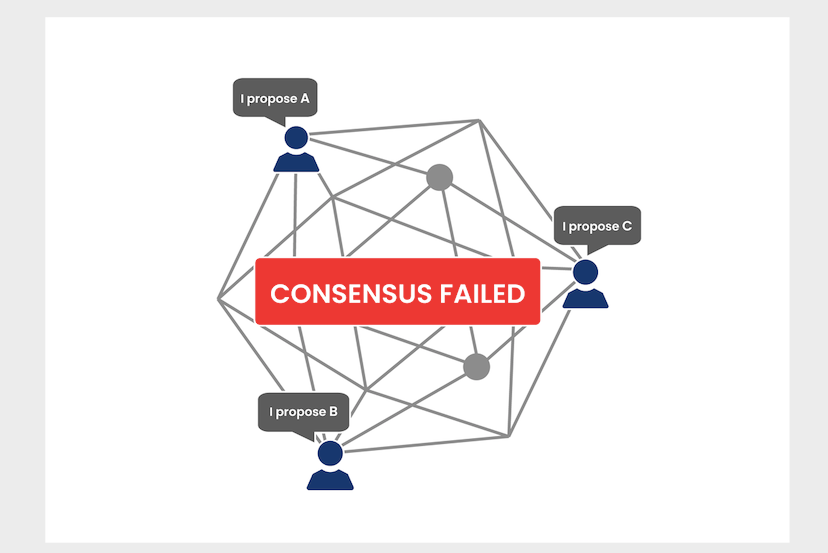What are consensus algorithms?
What are distributed databases?
How do Kubernetes and ZooKeeper store data in a fault-tolerant way?
These are some of the questions that we will try to answer in this article. Part A of the article will try to explain some of the common terminologies that you will hear in the current world of distributed computing. In Part B, we will explore the basic concepts of consensus algorithms. Part C will cover two famous consensus algorithms, Raft and Zab, and towards the end, we will explore how these algorithms power the distributed nature of ZooKeeper and Kubernetes.
These concepts might seem new, but knowledge of them will surely help you in your work or your next interview. A lot of textual content has been borrowed from the superb book written by Martin Kleppmann, titled Designing Data-Intensive Applications. Happy learning!
Part A. Terminologies Related to Distributed Databases
Single Leader, Multiple Followers (Primary-Secondary Replication)
In a single-leader replication, the leader (primary) replicates data to all of its followers (read replicas, secondary nodes). This is the most commonly used mode of replication. Whenever a new write comes to the primary node, it keeps that write to its local storage and sends the same data to all its replicas as a change stream or replication log. Each secondary then updates its own local copy of data in the same order as it was processed on the leader node.
Split-brain problem
In leader-follower situations, it could happen that two nodes both believe that they are the leader. This situation is called _split-brain. _It is dangerous if both leaders accept writes, and there is no process for resolving conflicts. Data is likely to be lost or corrupted.
But why would two nodes believe themselves to be the leader?
Let’s consider a situation where we have five nodes. Node A is the current leader and the rest are followers. Now suppose our Node A goes down. The rest of the nodes decide amongst themselves and promote Node B as the new leader. Now Node A comes back online. This node isn’t aware of what has happened until now and still believes itself to be the leader, which results in the system to be having two leader nodes.
#programming #consensus #distributed-computing #kubernetes #consensus-algorithm
